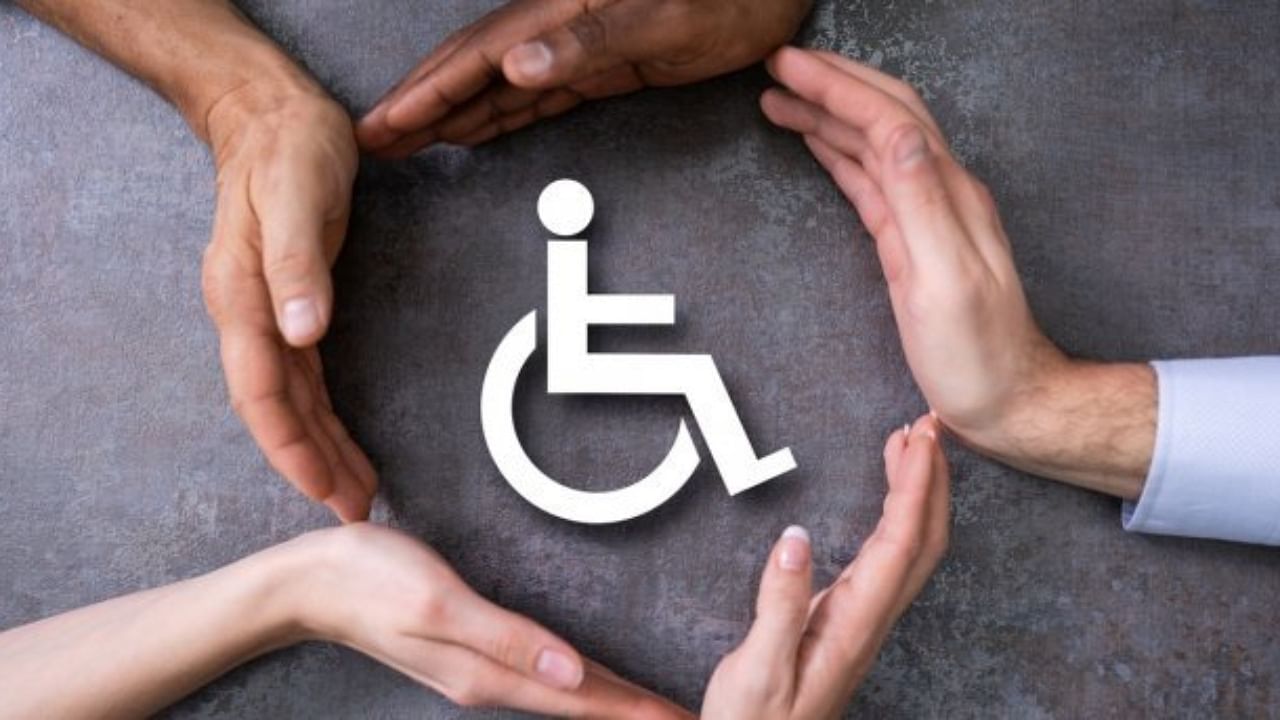
We, as a society, haven’t come to terms with disability just yet. Most of us continue to treat Persons with Disabilities (PwDs) as a separate section of society. Integration of PwDs into the mainstream is far off. However, we took the best step six years ago by enacting the Right to Persons with Disability Act 2016, which is critical and central to the sector. It improves upon its predecessor, defines and articulates the challenging components of the sector, and paves the way forward.
The rules to implement this law for the wholesome development of PwDs were framed in 2019. While we are on the right track, we must acknowledge the huge gap between existing policy and its expression on the ground. To cover the gap quickly, there needs to be serious planning from the ground up, based on real-time data and evidence.
The challenge begins with the absence of basic data. The key to planning is elementary data on the number of PwDs in the state, the kind and extent of disability they have, their socio-economic and educational status, and such other critical elements. While the Karnataka government takes into consideration the 2011 census figures of 13.24 lakh as the total number of PwDs in the state, the WHO’s projection of 15% of the population as disabled in some way pegs the figure at not less than 95 lakh. The state commissioner for disability put the figure at more than 30 lakhs in 2015. At a conservative estimate, taking into consideration the decadal growth and addition of 14 new disabilities to the policy, we could be looking at a number of not less than 35 lakhs today.
We don’t have a definite number or basis for planning, which must be acknowledged as the most critical issue to be addressed immediately. Also, this data is the basis for the State Advisory Board on Disability to exist and function.
The government may have concerns about resources if these numbers are acknowledged. But simple math is enough to allay these fears: The state budget is about Rs 3 lakh-crore, of which conservatively 50%, or Rs 1.5 lakh-crore, goes towards administration. The other half will go towards programmes, projects, and schemesof which 5% is reserved for the benefit of PwDs by the policy. In other words, the government should be spending about Rs 7,500 crore a year on PwDs. This is a very significant amount. Again, the state commissioner for disability in 2015 put this figure at around Rs 1,500 crore. But what is the actual amount that the government spends or should be spending? This figure is hard to come by.
We need to ascertain this figure and the channels through which it flows to PwDs. We need a central point from which this can be tracked. Again, the State Advisory Board could be the appropriate point for this coordination and to correlate the data and resources and advise plans, schemes, projects, and programmes accordingly. The government’s spending could be complemented by the private sector—corporates and high-net-worth individuals.
While there shouldn’t be a dearth of financial resources to cater to the needs of PwDs in the state by the government, we need to analyse how the money is being spent presently, what mechanisms are in place to track and monitor this spending, and what needs to be done to increase efficiency and effectiveness. At present, this could be the missing piece in disability governance if we refer to Chapter III of the Controller and Audit General (CAG) Report 2 of 2017.
A good example of tracking government spending and built-in social audit is the Mahatma Gandhi Rural Employment Guarantee Scheme. The RPwD Act has social audit in Section 48, which is missing in the rules framed, and this needs to be brought in. These structures and processes are imperative to prevent leakages and misuse of public funds.
In the larger picture, what is missing in society is an understanding and acceptance of disability; what the PwDs and their family members and carers need is information about structures and processes in the government, programmes and schemes, and the means to access them; and what civil society and CSR initiatives need is a platform to engage with all stakeholders on a continuous basis. The private sector too needs data to plan its own projects. The disability sector needs constant and continuous engagement, updation, and collaboration from all stakeholders, including the government, with stakeholders playing their roles with clarity. A convergence of knowledge, resources, and efforts will go a long way in addressing the issues on the ground.
The central piece in this larger picture is the central government project, the Unique Disability ID (UDID), which has been implemented in the state since 2019. UDID establishes the legal identity of a PwD, provides access to all the appropriate government programmes, and builds a real-time, national database to formulate appropriate policies and programmes at various levels. It also provides a platform to track spending.
Currently, there are gaps in UDID implementation, ranging from a lack of awareness of the process to the last-mile connection to schemes. Besides, the process is complicated for a PwD with an online application, documentation, and a complicated assessment process at the hospitals. While UDID can address most of the issues in the sector by providing the most required data for planning, the real issues plaguing the sector need to be addressed. UDID has the potential to elevate the sector’s performance manifold.
Overall, the disability sector has taken baby steps in the right direction. To move further and faster, this needs the open minds of all stakeholders to assess the current situation objectively, collectively engage, and plan for the future. Let’s hope this happens sooner rather than later.
(The writer works with the disability sector.)